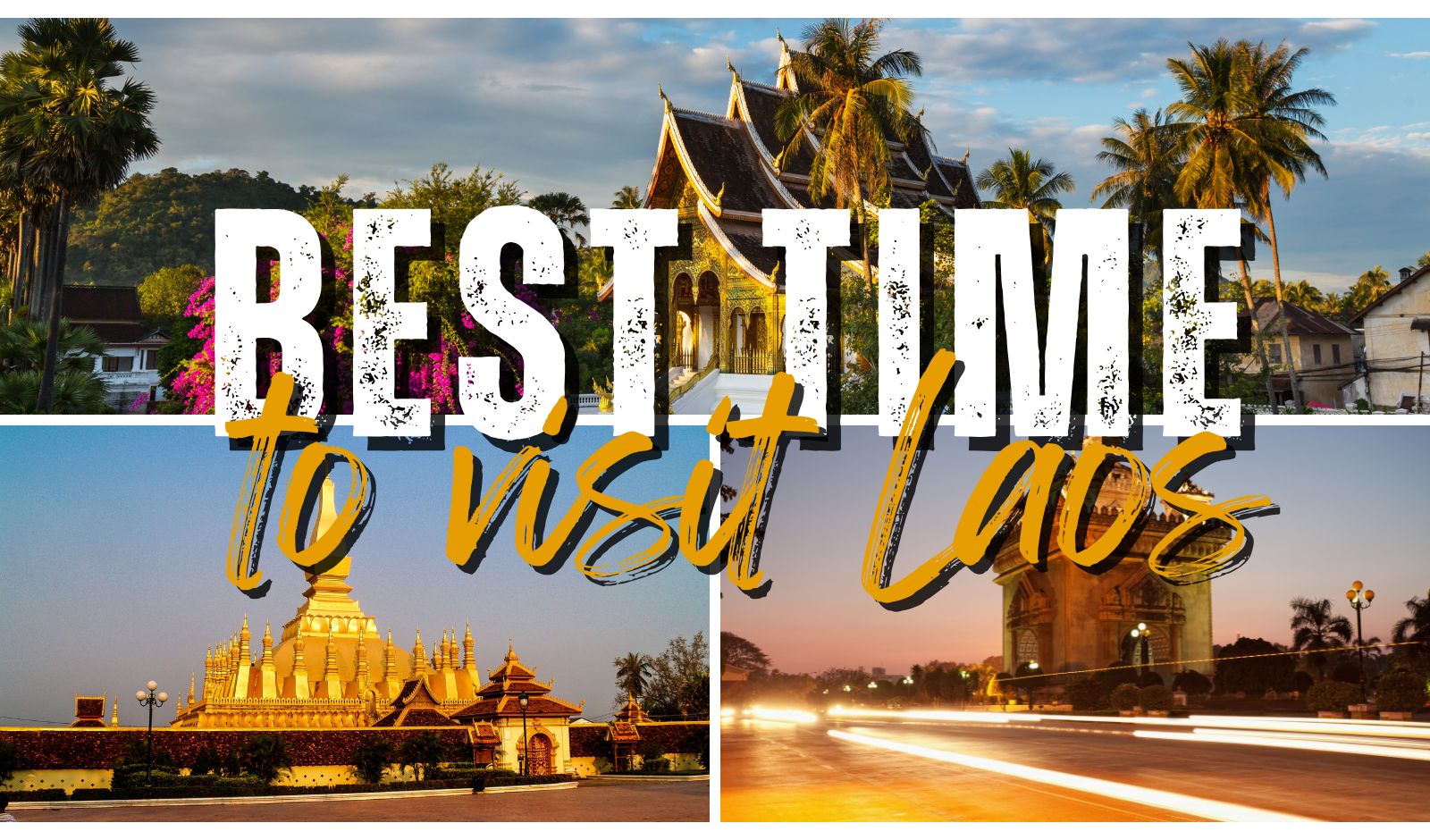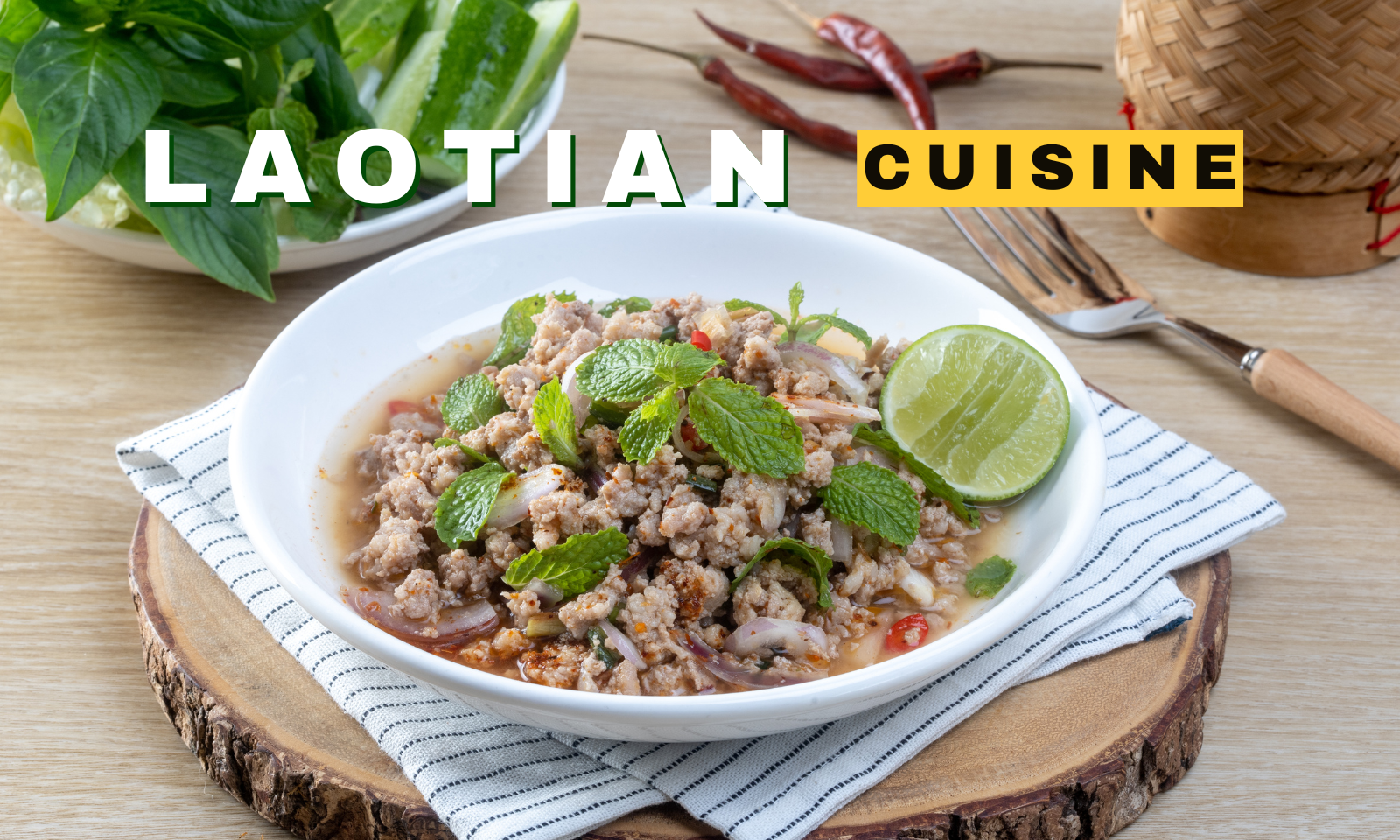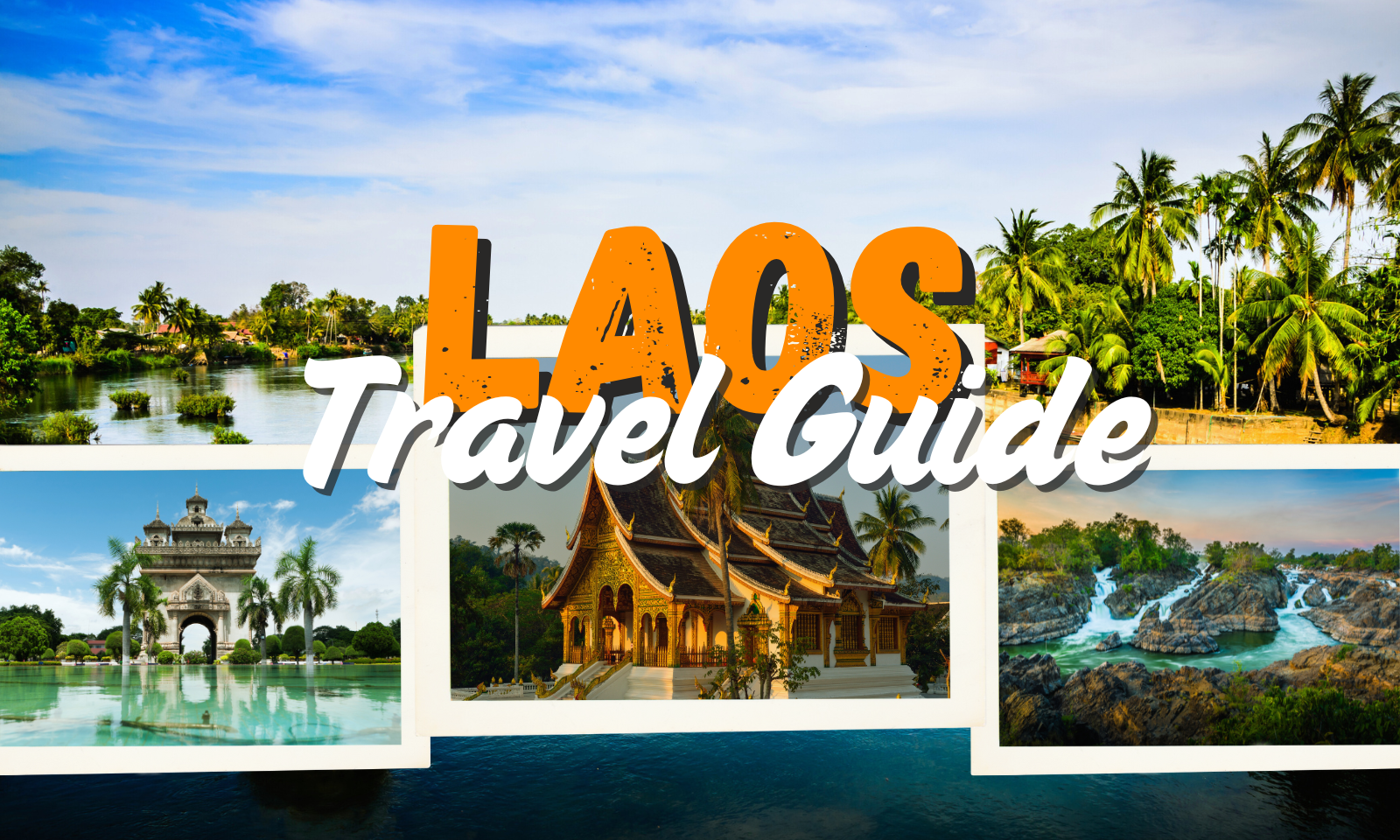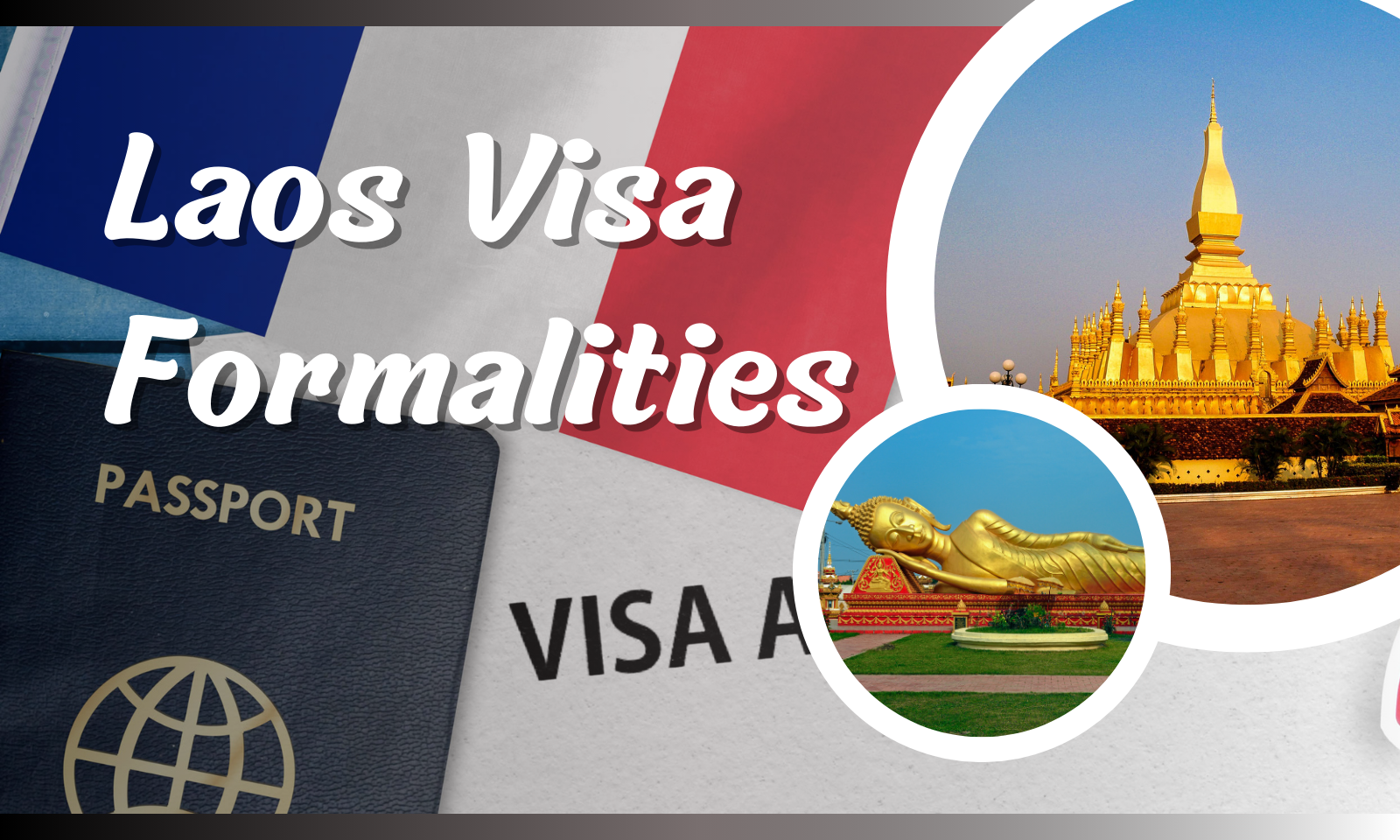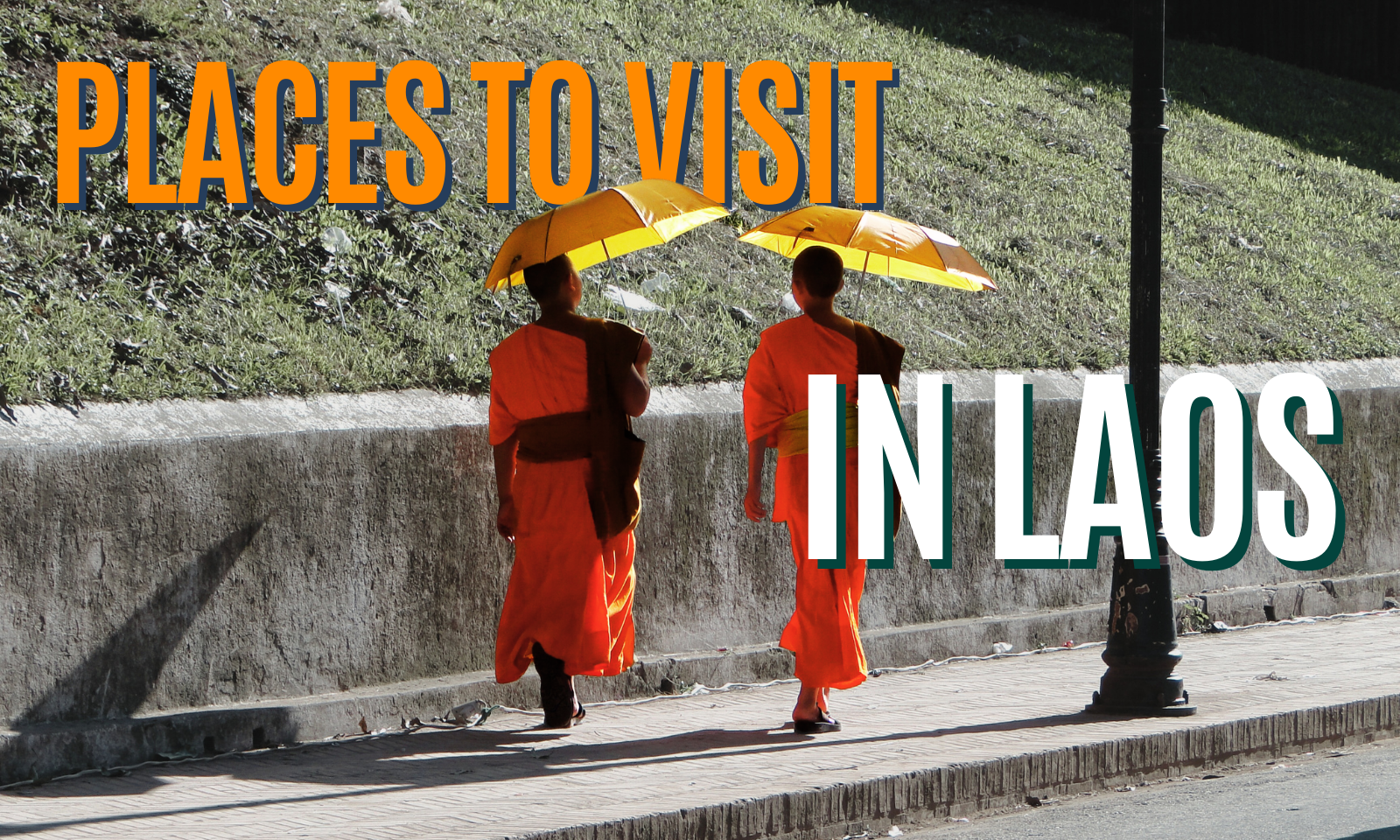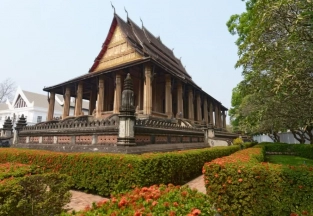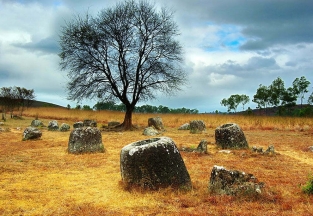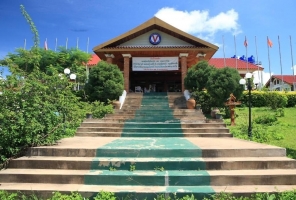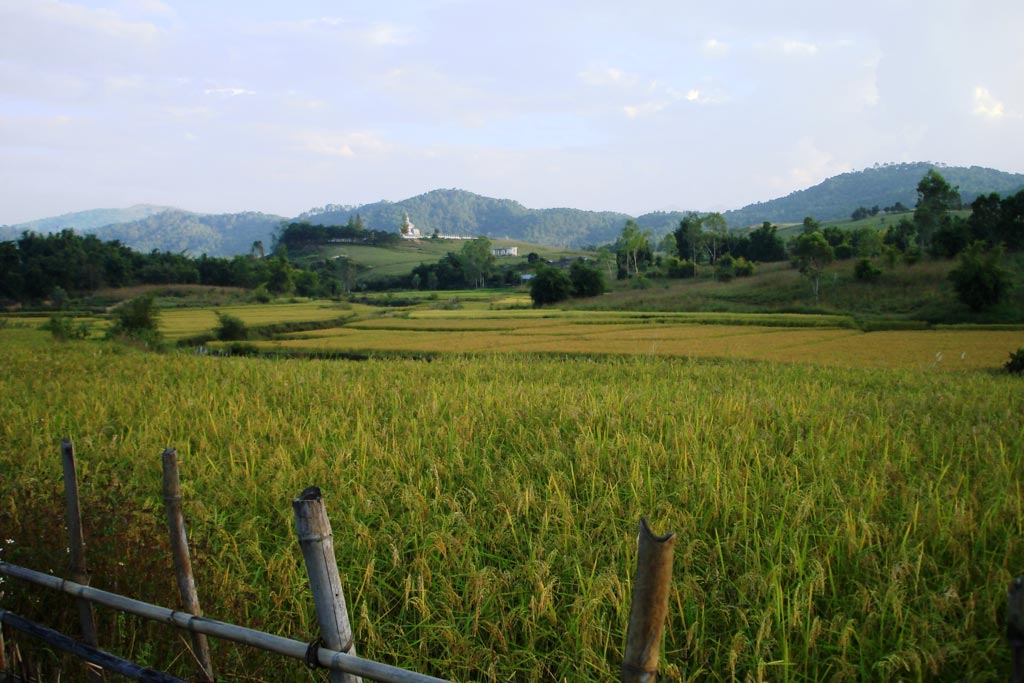
Xiengkhuang

Exploring Xiengkhuang: Land of Mysteries and History in Northern Laos
Xiengkhuang is a province steeped in history and surrounded by breathtaking landscapes. Located in the mountainous region of northern Laos, Xiengkhuang is best known for its enigmatic Plain of Jars, a UNESCO World Heritage Site. However, there’s much more to this province than just its ancient relics. From historical sites to stunning natural scenery, Xiengkhuang offers travelers a fascinating blend of adventure, culture, and intrigue.
The Mysterious Plain of Jars
The Plain of Jars is undoubtedly the most famous attraction in Xiengkhuang. Scattered across the plains are thousands of massive stone jars, some of which are up to 3 meters tall. These jars have puzzled archaeologists for decades, as their original purpose remains unclear. Some theories suggest they were used as burial urns, while others propose they stored food or water. Whatever their use, the jars are a marvel of ancient craftsmanship and engineering.
There are several sites across the plain where visitors can explore the jars, with the three most popular being Site 1, Site 2, and Site 3. Site 1 is the largest and easiest to access, boasting over 300 jars. Walking among these ancient artifacts, surrounded by rolling hills and mist-covered mountains, is an experience that brings history to life. The atmosphere is serene yet filled with the sense of mystery that has drawn visitors from all over the world.
Rich History and Culture
Xiengkhuang is not only famous for the Plain of Jars but also for its rich historical significance. The province was heavily bombed during the Vietnam War, and evidence of this tragic past can still be seen in the landscape today. Bomb craters, remnants of unexploded ordnance (UXO), and war memorials are scattered throughout the area, serving as a stark reminder of the region's tumultuous history.
The town of Phonsavan, the capital of Xiengkhuang, is a good base for exploring the region. Here, you can visit the MAG (Mines Advisory Group) Visitor Center to learn more about the UXO clearance efforts in the province. The center offers educational exhibits about the impact of the war on Laos and the ongoing work to make the land safe for local communities. It’s an eye-opening experience that adds depth to your understanding of the area’s history.
For those interested in local culture, Xiengkhuang is home to several ethnic groups, including the Hmong and Tai Phuan people. These communities maintain their traditional ways of life, and visitors can learn about their customs, handicrafts, and daily routines. Visiting local villages offers a glimpse into rural Laotian life, where agriculture is the primary livelihood, and time seems to move at a slower, more peaceful pace.
Natural Beauty and Outdoor Adventures
Beyond its historical and cultural significance, Xiengkhuang is a destination for nature lovers and adventurers. The province’s rugged terrain, with its rolling hills, green valleys, and towering limestone mountains, provides a stunning backdrop for outdoor activities. Hiking is a popular way to explore the region, with trails leading through dense forests, alongside rivers, and up to scenic viewpoints that offer panoramic vistas of the landscape below.
One of the standout natural attractions in Xiengkhuang is the Tham Piu Cave. This limestone cave holds a somber history, as it was the site of a tragic bombing during the Vietnam War that killed hundreds of villagers. Today, it serves as a memorial, and visitors can explore the cave while reflecting on its historical significance. Despite its sad past, the cave is also a natural wonder, with impressive rock formations and a peaceful setting.
Another natural highlight is the hot springs near Muang Kham. These natural thermal pools are perfect for relaxing after a day of exploration. The hot springs are set amidst beautiful surroundings, making them a great place to unwind and soak in the tranquility of nature.
Best Time to Visit Xiengkhuang
The best time to visit Xiengkhuang is during the dry season, from November to March, when the weather is cooler and more comfortable for outdoor activities. The rainy season, from May to October, can make travel in the region more challenging due to muddy roads, but it also brings lush, green landscapes and fewer tourists.
Travelers should keep in mind that UXO remains a danger in certain areas of Xiengkhuang, so it's essential to stay on marked paths and follow local guidelines when exploring the countryside. Most tourist sites, including the Plain of Jars, have been cleared of UXO, but caution is still advised.
Getting There and Accommodation
Xiengkhuang is accessible by air and road. The provincial capital, Phonsavan, has a small airport with regular flights from Vientiane and Luang Prabang. Alternatively, you can take a bus or private car from these cities, though the journey can be long and winding due to the mountainous terrain.
Accommodation options in Xiengkhuang range from basic guesthouses to more comfortable hotels, particularly in Phonsavan. While the choices are limited compared to larger cities, you’ll find plenty of cozy spots to rest after a day of exploring.
Conclusion
Xiengkhuang offers travelers a unique combination of history, culture, and natural beauty. Whether you're walking among the ancient stone jars, learning about the impact of war on the region, or hiking through its scenic landscapes, Xiengkhuang promises an enriching and unforgettable experience. For those seeking a destination off the beaten path in Laos, Xiengkhuang is a must-visit, where the mysteries of the past and the serenity of nature come together in perfect harmony.
Travel Guide
Exciting trip
Treasures of Laos Cambodia 22 days: discover from Luang Prabang and Kamu Lodge’s charm to Angkor’s wonders ending with beach
Laos family tour 18 Days: discover northern Laos, its charm, and its nature. Its ethnic groups and authentic markets will leave you speechless

